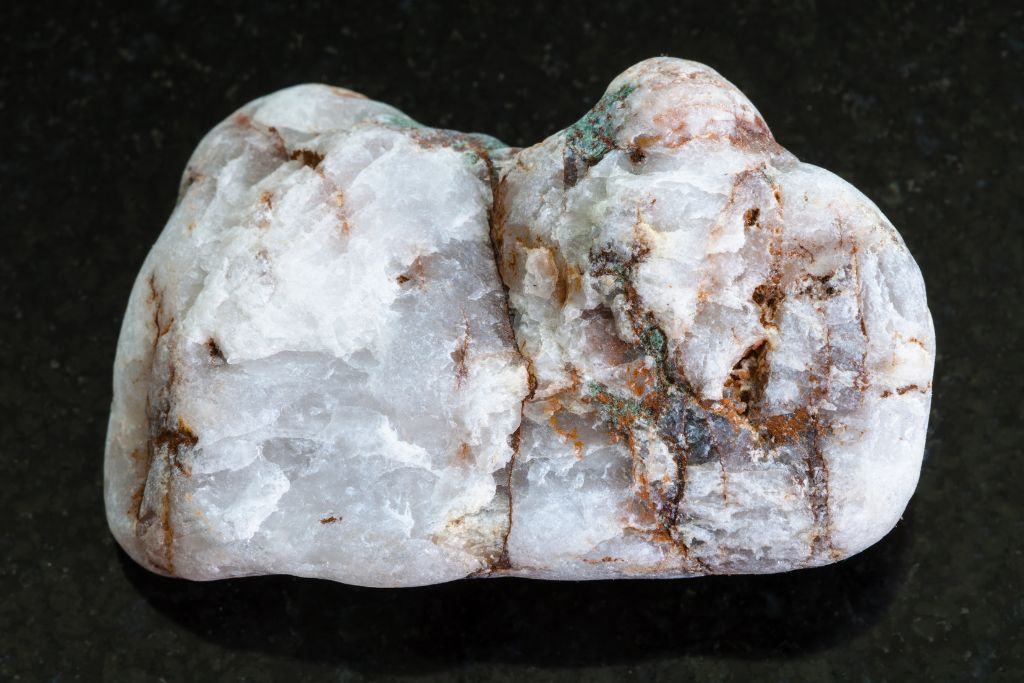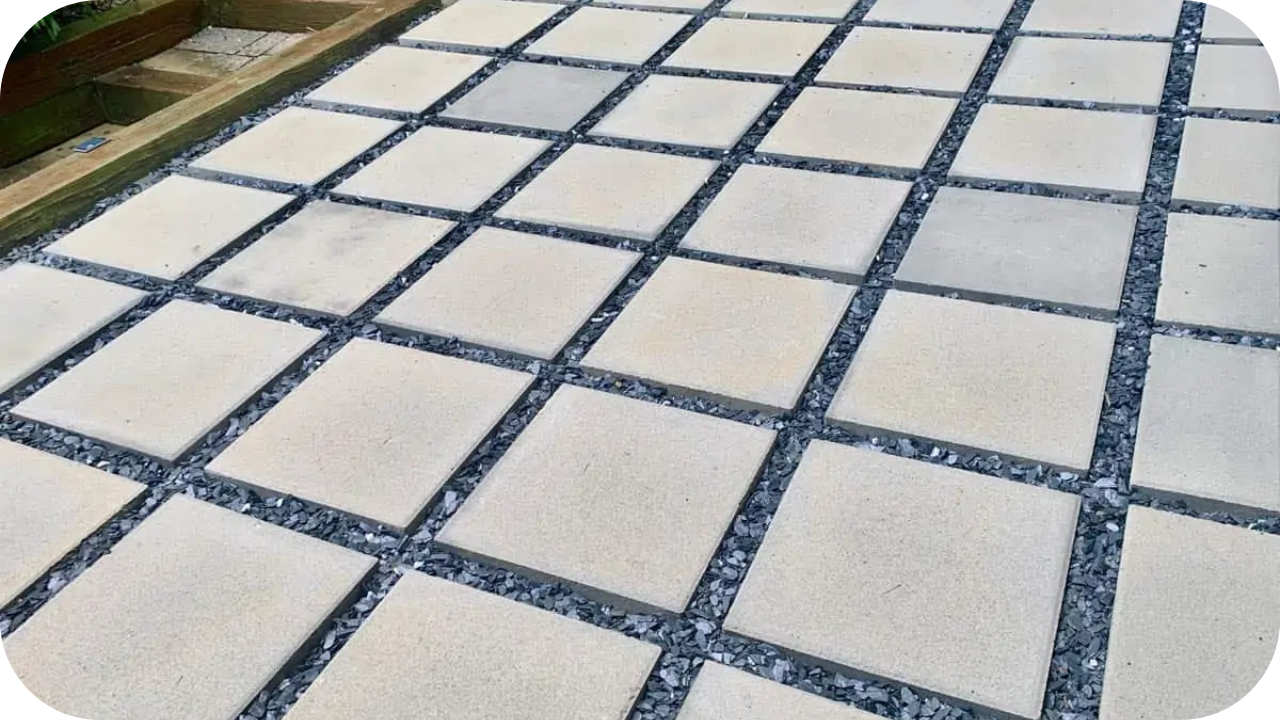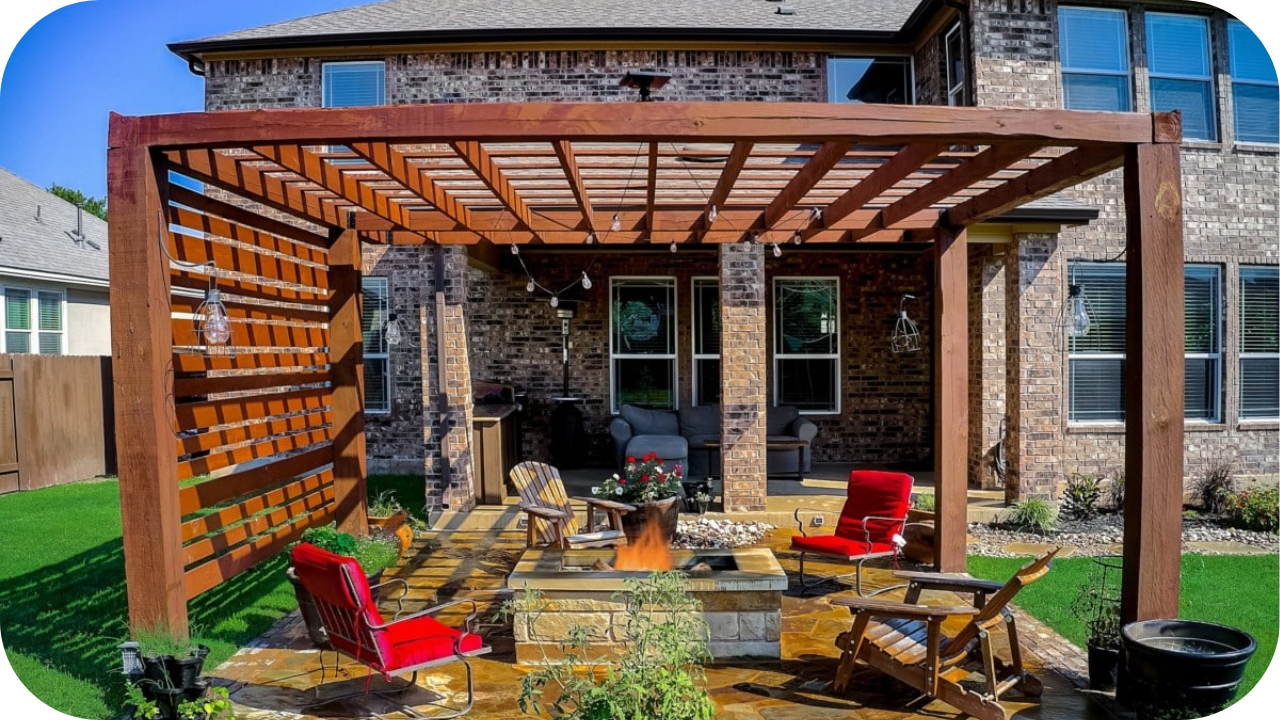
Confused about what marble is and why it’s so revered?
Many struggle to understand this elegant stone’s origins, characteristics, and applications, making it difficult to appreciate its true value and select it confidently for projects.
This article will demystify marble, exploring its formation, properties, and versatile uses so you can make informed decisions and fully appreciate its timeless beauty.
What is Marble?
Marble is a metamorphic rock formed from limestone under intense heat and pressure. Renowned for its beauty and durability, it is commonly used in sculpture and architecture.
Marble is characterised by its distinctive veining and comes in various colours, making it a popular choice for countertops, flooring, and decorative features.
Characteristics of Marble
Marble is prized for its aesthetic appeal and physical properties, making it a popular choice in architecture and design. One of the most distinctive characteristics of marble is its veining.
These veins are caused by mineral impurities such as clay, silt, sand, iron oxides, or chert, giving each marble piece a unique appearance. Depending on the mineral composition, marble’s colours range from classic white and black to green, pink, and grey.
Marble is also known for its translucency, which allows light to penetrate the stone. This gives the marble a luminous quality that adds depth and richness to any space.
Though softer than granite, the stone’s hardness makes it relatively easy to carve, polish, and shape, which is why it has been a preferred material for sculptors throughout history.
Regarding durability, marble is resistant to heat, making it an excellent choice for fireplace surrounds and wall cladding.
However, it is more porous than other natural stones and is susceptible to staining and etching from acidic substances. Regular sealing and proper maintenance can help preserve its beauty and longevity.
Types of Marble
Marble comes in a stunning array of types, each with unique characteristics that make it suitable for various applications. Here are four notable varieties:
- Marble Glacier is distinguished by its pristine white base and subtle grey veining, adding an elegant touch to any space. This marble type is ideal for creating a sophisticated look.
- Marble Atlantic features a striking dark grey base with bold white veins, perfect for dramatic interiors. Its contrasting colours make it a standout choice for feature walls and flooring.
- Marble Verde is renowned for its deep green hue and intricate white veining, offering a vibrant and unique aesthetic. This variety is excellent for adding a touch of nature and luxury to modern and traditional designs.
- Marble El Capitan is versatile and available in finishes such as brushed and honed. Its adaptability makes it suitable for various design applications, from contemporary to rustic settings.
Common Uses of Marble
Marble is a highly versatile material, prized for its beauty and durability. It is commonly used in architectural elements, such as columns, facades, and staircases, lending a timeless elegance to buildings.
Sculptors favour marble for its workability and ability to achieve fine details, making it ideal for statues and intricate carvings.
In interior design, marble is popular for flooring and wall cladding. Its range of colours and veining patterns allows for diverse design aesthetics, from classic to contemporary.
Fireplace surrounds, and vanity tops are common applications, as marble can withstand heat and adds a luxurious touch to any room.
Marble’s aesthetic appeal extends to furniture, including tabletops, side tables, and decorative pieces, enhancing the visual appeal of interiors.
Additionally, marble is often employed in landscaping for garden paths, decorative walls, and water features, creating a sophisticated outdoor environment.
Despite being more porous and requiring regular maintenance, marble’s versatility and timeless beauty make it a favourite choice for various applications in both residential and commercial settings.
Pros and Cons of Using Marble
Considering marble for your next project? Understanding its advantages and disadvantages is crucial for making an informed decision. Let’s delve into the pros and cons to see if marble is the right choice for you.
| Pros | Cons |
| Timeless Beauty and Elegance: Marble offers a unique aesthetic appeal that enhances any space. | Porous Material: Marble can stain easily if not properly sealed and maintained. |
| Unique Veining and Wide Range of Colours: Each piece of marble is one-of-a-kind, adding a distinct touch to your design. | Susceptible to Etching: Acidic substances like lemon juice or vinegar can cause dull spots on its surface. |
| Heat Resistant: Suitable for fireplace surrounds and other areas exposed to heat. | Softer than Other Stones: Marble is more prone to scratches and chips than harder stones like granite. |
| Durable with Proper Maintenance: When sealed and cared for, marble can last for decades, maintaining its beauty. | Regular Maintenance Required: To keep marble looking its best, periodic sealing and careful cleaning with pH-neutral products is necessary. |
| Adds Value to Property: Marble installations can increase the market value of your home due to their luxurious appeal. |
Marble Care and Maintenance
Want to keep your marble looking as stunning as the day it was installed? Follow these essential care and maintenance tips to ensure its longevity and beauty.
- Regular Cleaning: Use a soft cloth and pH-neutral cleaner to prevent surface damage. Avoid acidic or abrasive cleaners to prevent etching and scratches.
- Sealing: Apply a high-quality sealant annually to protect against stains and maintain resistance to spills and moisture.
- Spill Management: Wipe up spills immediately, especially acidic substances like lemon juice or wine, to prevent staining.
- Scratch Prevention: Use coasters and mats to protect surfaces from heavy objects and sharp items. Place rugs or mats at entryways to reduce dirt and grit that can scratch marble flooring.
- Polishing: Professional polishing can restore shine to scratched or dull marble surfaces.
Conclusion
Marble’s unique beauty, versatile applications, and durability make it a timeless choice in design and architecture. As advancements continue, marble will remain a staple in traditional and modern designs.
Ready to incorporate marble into your next project? Explore our premium marble collections and transform your space with timeless elegance.
More To Explore

Top Outdoor Paving Ideas for Aussie Backyards
Are you ready to transform your Aussie backyard with stunning paving ideas? Whether you’re looking to create a stylish outdoor entertaining area, a functional pathway,

Small Backyard? Here’s How to Maximise with Stone
Struggling to make the most of your small backyard space? Many homeowners with limited outdoor areas feel restricted when it comes to design. But what


